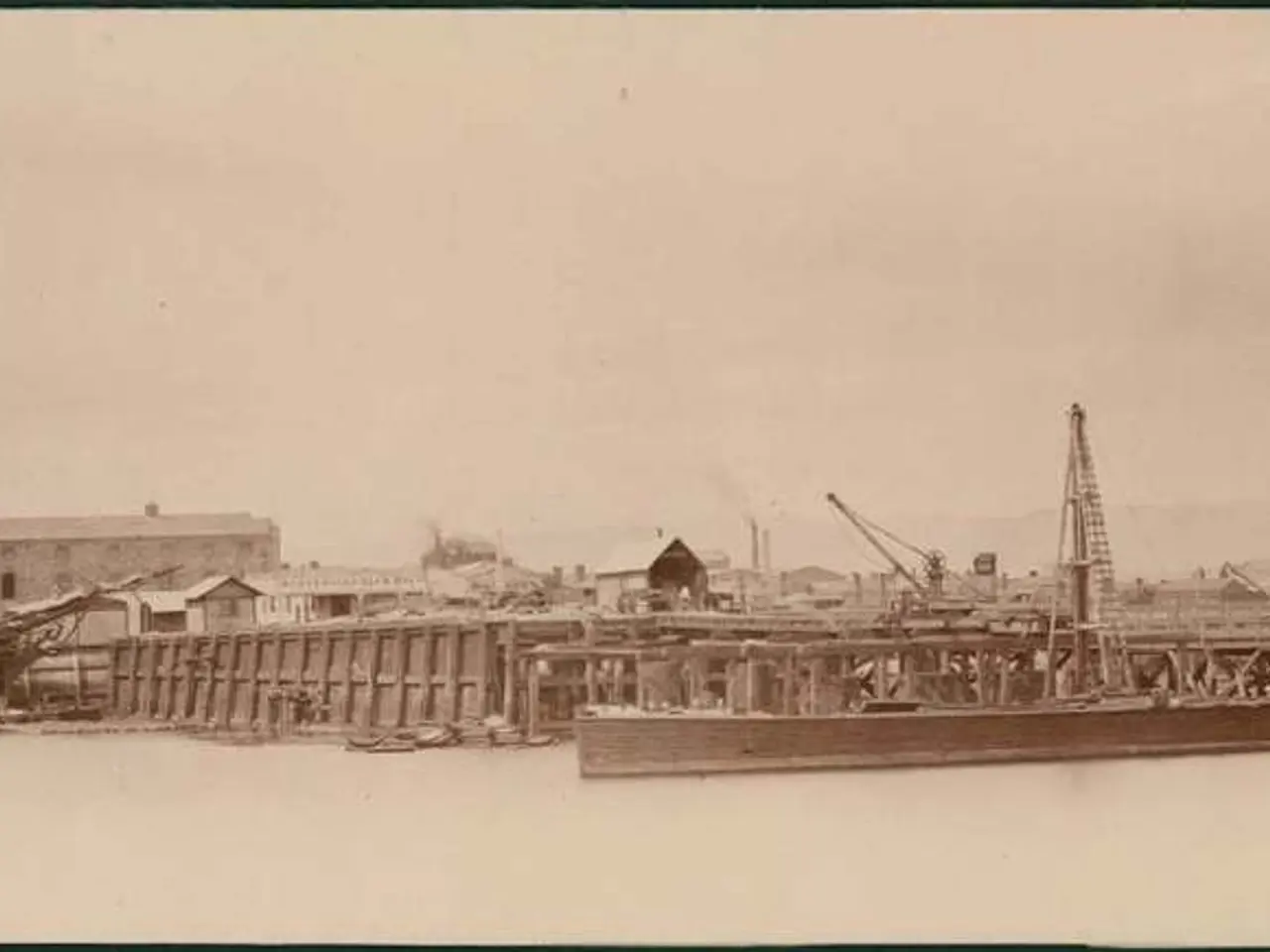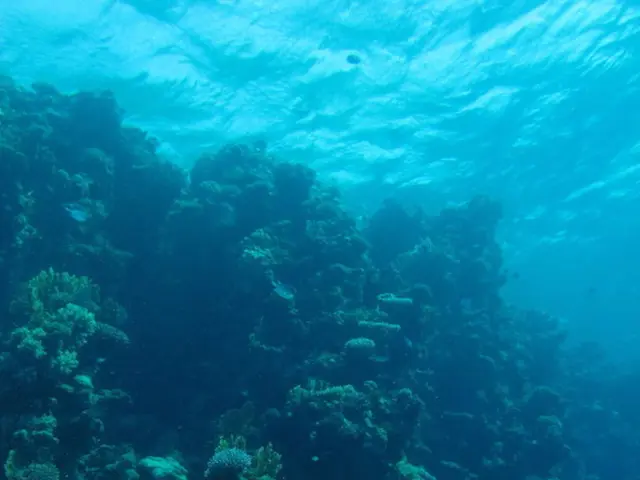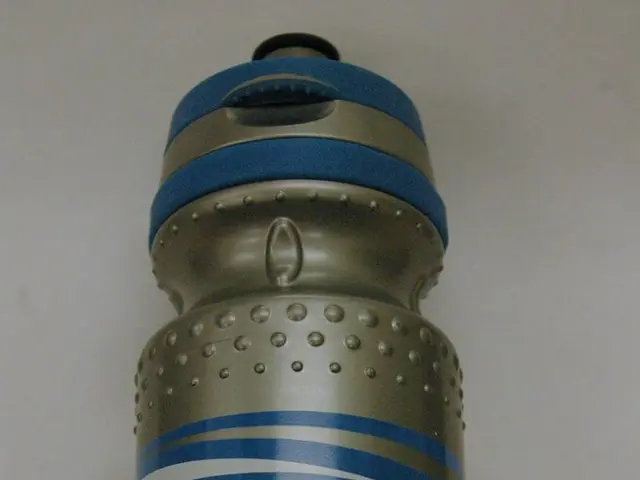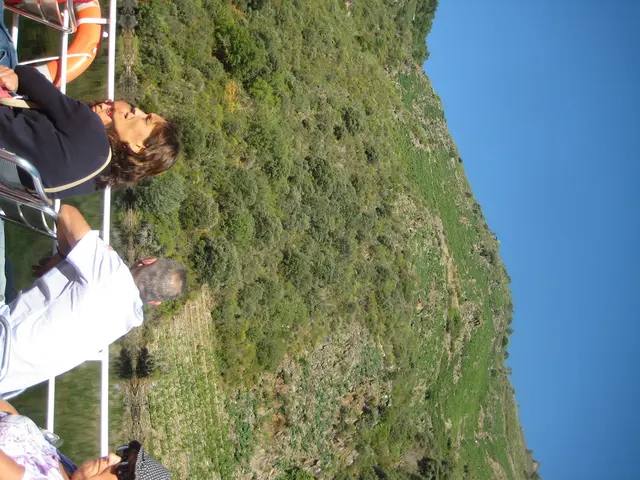Arctic's Warming Reignites Debate: Dam the Bering Strait to Save AMOC?
The Arctic has just experienced its third warmest year on record, with temperatures soaring 1.11°C above average. This has reignited discussions about a controversial proposal to dam the Bering Strait, a move that some climate scientists suggest could either protect or hasten the collapse of the Atlantic Meridional Overturning Circulation (AMOC).
The AMOC, often referred to as a 'conveyor belt', plays a crucial role in maintaining Europe's mild climate and transporting nutrients vital to ocean life. It does this by carrying warm surface waters north. However, this system is currently at its weakest in 1,600 years and is expected to deteriorate more rapidly than previously thought. The flow of relatively fresh Pacific surface water through the Bering Strait is a key factor contributing to this weakening.
Climate scientists A. and D. Ochel proposed in 2018 to build a dam in the Bering Strait to prevent the collapse of the AMOC. Their idea, published in the journal Cryosphere, aims to halt the flow of Pacific water and strengthen the AMOC. However, other studies suggest that this could accelerate the very collapse the dam is intended to prevent.
The idea of closing the Bering Strait is not new. Proposals have existed since the 19th century, ranging from making the Arctic Ocean navigable to controlling global warming. The Arctic's warming temperatures, with 2024 being the fourth warmest year on record for Arctic land, have added urgency to these discussions.
A new paper has reignited this debate, questioning whether damming the Bering Strait could indeed protect or hasten the collapse of the AMOC. The delicate balance of this circulation system is at stake, and climate scientists continue to explore potential solutions to maintain its critical role in our climate.
The Arctic's warming temperatures and the AMOC's weakening state have brought renewed focus to the controversial proposal of damming the Bering Strait. While some climate scientists suggest this could strengthen the AMOC, others warn it could accelerate its collapse. Further research is needed to understand the full implications of this proposal and to explore alternative solutions to protect the AMOC and our climate.






